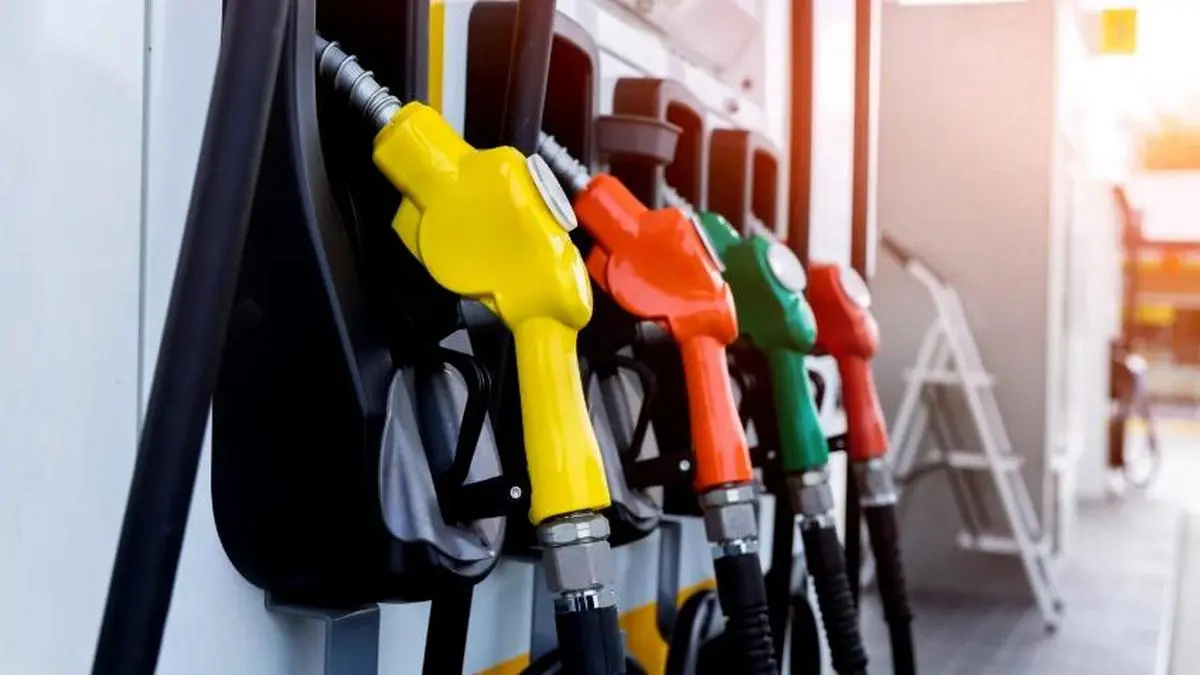Amid controversy over ethanol blended petrol, which a section has alleged that it is leading to lower mileage and more expenditure on maintenance, an industry body of the biofuel manufacturers has asked the government to accelerate the roll out of higher blended petrol (from current 20 per cent level) and fast-track the adoption of flex-fuel vehicles (FFVs).
The Grain Ethanol Manufacturer’s Association (GEMA) in a statement on Tuesday said that such steps align India’s biofuel strategy with global best practices, will reduce dependency on fossil fuels, and support the country’s ambitious net-zero emissions goal by 2070.
“Following the successful implementation of the Ethanol Blended Petrol (EBP) programme and the achievement of the 20 per cent blending target set for 2025, India must aim for higher blends, to follow successful Brazil’s pattern of progressive ethanol blending levels with base petrol at E27 (27 per cent ethanol and 73 per cent petrol) and reaching up to 55 per cent of petrol replacement by adopting FFVs,” GEMA said.
The association emphasises that introducing flex-fuel engines capable of running on different ethanol-petrol blends is critical for the widespread adoption of biofuels and decarbonisation of the transport sector.
At the same time GEMA also said that since enhancement in blending in range of 25-30 per cent may not be possible immediately, there is a possibility to enhance the blending up to the “tolerance level” of existing vehicle, which may be “1 or 2 per cent over 20 per cent”.
“There is an immediate need to enhance the blending up to the tolerance level of the existing vehicles to give some relief to the grain ethanol industry. The roadmap for ethanol blending beyond 20 per cent must be clear, ambitious, and supported by a forward-looking policy framework,” said CK Jain, president of GEMA.
He said the industry has already invested to cater the enhanced requirements and ready to collaborate with stakeholders for enhance distribution infrastructure. However, timely government policies and cohesive inter-ministerial coordination will be essential to maintain the momentum.
He claimed that higher ethanol blends can significantly cut carbon emissions compared to conventional petrol, helping India achieve its 2030 climate targets more effectively. Beyond environmental benefits, increased blending could lower India’s oil import bill, enhance energy security, boost rural economic and employment growth by creating demand for key agricultural feedstocks such as sugarcane, maize, and surplus rice, he said.
GEMA has suggested faster collaboration between policymakers — the Department of Science and Technology and automobile manufacturers. By cutting down emissions from conventional petrol vehicles, India can reduce greenhouse gases, improve air quality, and create green jobs across rural and industrial sectors, it said.
Reacting to criticism that E20 causes a “drastic” reduction in fuel efficiency, the government had termed those as misplaced. It said that vehicle mileage is influenced by a variety of factors including driving habits, maintenance practices, tyre pressure and alignment, and air conditioning load, beyond just fuel type. Though efficiency drop (if any) in E 10 vehicles has been marginal, the question of any drop in fuel efficiency in E 20 compatible vehicles does not arise as manufacturing of those vehicles started (by some companies) as early as 2009, the government had said. Regarding the claims of cheaper ethanol than petrol made by NITI Aayog report, the government now claimed that the situation has changed after 2020-21, when the study was made. If at that time, ethanol was cheaper than petrol, the weighted average price of ethanol is now higher than cost of refined petrol.
While the government has been regularly (if not every year) increasing the purchase prices of ethanol, the grain based ethanol producers are exempted from any statutory obligation to pay a fixed price to farmers due to absence of any law, unlike the sugar-based units who purchase sugarcane at government-set rates.
Published on October 28, 2025
